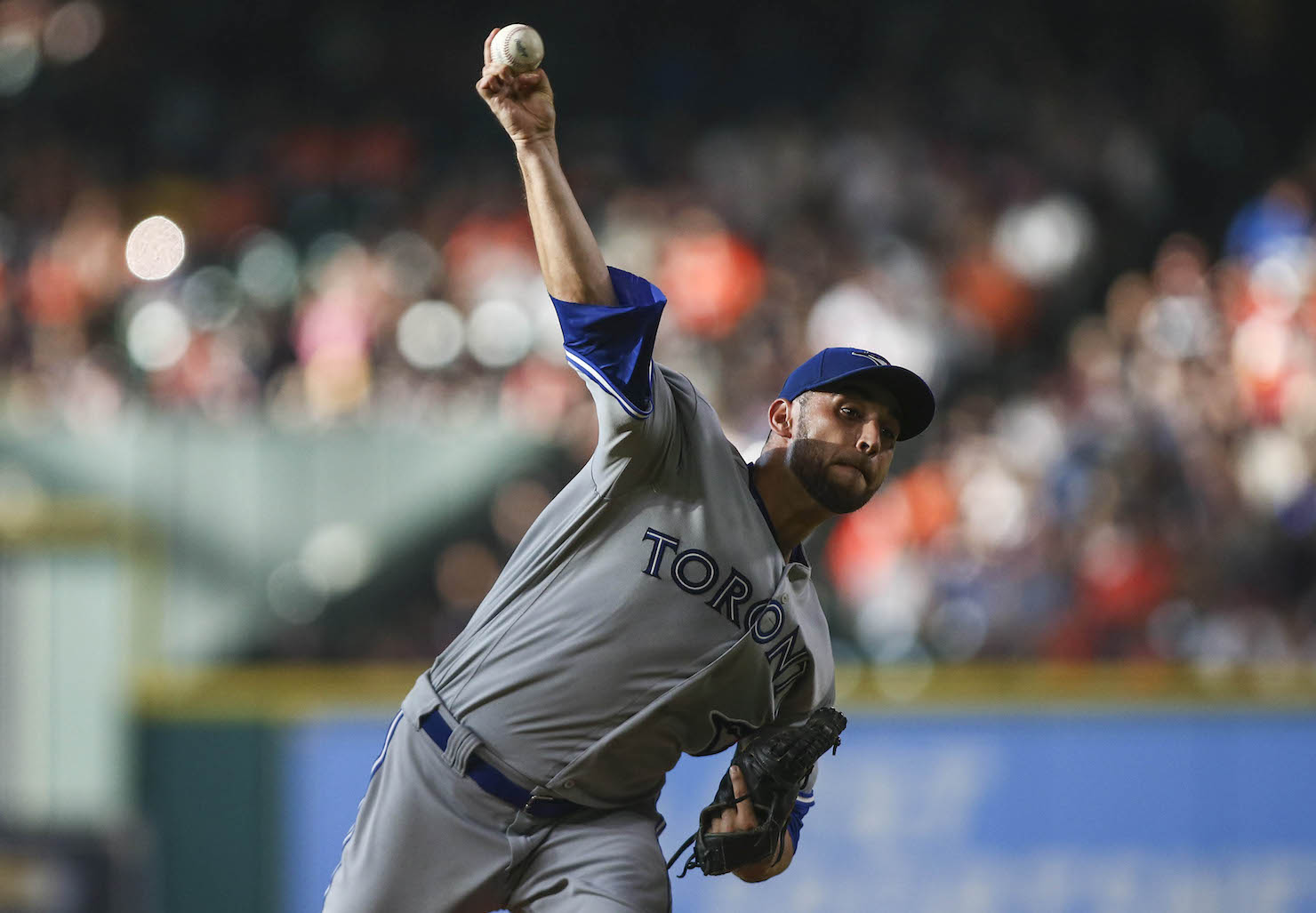
How To Pitch From The Windup
Why does it matter? Pitchers who are in possession of a HR/FB rate that varies greatly from the league average or their career rate are likely to experience positive or negative regression in the.
It's common to feel pain or soreness in your shoulder and triceps area after you throw a lot of pitches. This pain should resemble the delayed-onset soreness that occurs in your muscles after you lift weights. Triceps soreness or pain should affect the muscles of the triceps and shoulder, but it should be felt in any tendons, bones or ligaments. This means that the soreness should not effect a pitcher while pitching, instead it generally shows up the next day and should not hurt unless you move the muscles of your triceps and shoulder. Triceps pain around the elbow and any other pain near the elbow is cause for concern.
This usually means that there is pain in the joint and not a muscle. According to Top Velocity, this pain can be a sign that your muscles are not strong enough or that you are not using proper pitching mechanics. Baseball Pitchers School notes that pain in the lower triceps can be caused by leading with the elbow or throwing across your body. Both scenarios are due to mechanical issues which means throwing with improper form or not using the body properly during the pitching motion. During the pitching motion, the form and mechanics should make your entire body work together - failing to do so puts a lot of stress on the throwing arm. One of the best things you can do to prevent arm pain is to study and work on perfecting your pitching mechanics. Make sure that your entire body is involved and you work in a straight line to your target.
Limiting pitches early in the season until your arm strength is built up can help reduce the amount of delayed soreness you will feel. Top Velocity notes that strengthening exercises for the triceps like extensions or kickbacks can help prevent pain from muscle weakness. Coach Bill Thurston of Amherst College notes that it's important to stretch, warm-up and be in good cardiovascular shape before you pitch. Copyright ©2019Leaf Group Ltd.Use of this web site constitutes acceptance of the LIVESTRONG.COM,and.The material appearing on LIVESTRONG.COM is for educational use only. It should not beused as a substitute for professional medical advice,diagnosis or treatment. LIVESTRONG is a registered trademark of the LIVESTRONG Foundation.The LIVESTRONG Foundation and LIVESTRONG.COM do not endorseany of the products or services that are advertised on the web site.Moreover, we do not select every advertiser or advertisement that appears on the web site-many of theadvertisements are served by third party advertising companies.
For the 1970 Australian film, see. For the hand in poker, see. For the novel by Stephen Leather, see.In, there are two legal positions: the windup, and the set. Colloquially, the set is often referred to as 'the stretch', although this term actually only refers to one part of the pitching motion when pitching from the set.Both types of pitching position have their strengths and weaknesses. Compared to the set, the windup has a relatively slower execution, so therefore is better suited for situations in which there are no, or when the lead runner is on third base, since it is difficult to steal home plate. Conversely, a pitch from the set, having a relatively faster execution, is preferred when there are baserunners. Faster execution is important to prevent.However, some pitchers, particularly relief pitchers, are more comfortable pitching from the set position, and thus use it regardless of the situation.
For the, having come setA is in the windup when, with the ball, the pitcher stands on or directly in front of the, located at the top of the, with his feet pointing toward. Prior to throwing a, the pitcher has the option of taking one step back toward or to either side, using his free leg (left leg for a right-handed pitcher). During the delivery of the pitch, the pitcher must take one step forward, in the direction of. Alternatively, the pitcher may step off the rubber with his pivot foot (the right foot, for right-handed pitchers) or step toward and throw or feign a throw to a base, subject to the rules.


In the windup, the is the instant when one of the following occurs: the pitcher commits to taking a step backward, or he takes a step to the side, or brings his hands together. Of the, pitching from the set, just before the time of pitchA pitcher is in the set when, with the ball, he stands on, or directly in front of—and touching—the pitching rubber, with his toes pointing toward the side (toward for a right-handed pitcher) and his arms apart at his sides.
This initial part of the set is called the stretch, because the pitcher usually stretches toward home plate to take signs from the catcher. At this point, the pitcher may make any number of preparatory movements necessary for delivering the pitch. Delivery begins when the pitcher brings his arms together in front of his body (a movement punctuated with a discernible pause).
This is called coming set. After coming set, the pitcher takes a step toward home and delivers the pitch.
Typically, pitchers from the set use a high leg kick, thus lunging toward home in pitching; a pitcher may instead release the ball more quickly by using the slide step, quickly stepping directly and immediately toward home and pitching.